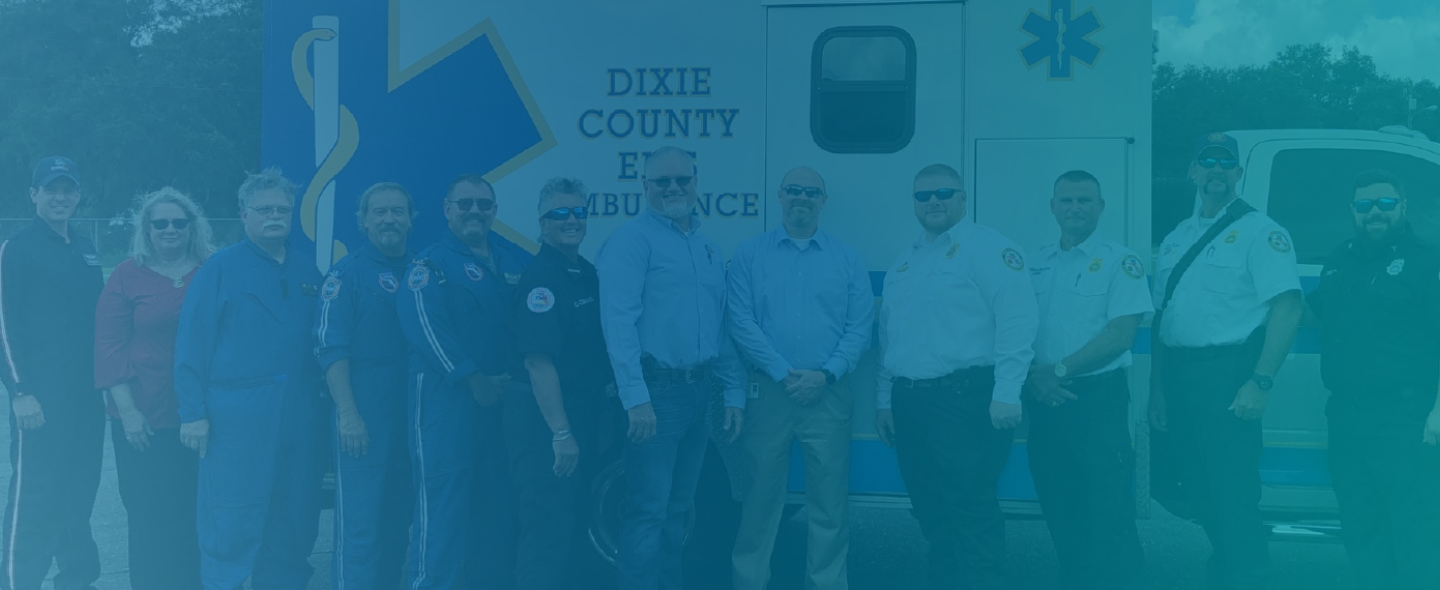Background
The primary goal of the Rural Community Ambulance Agency Transformation Readiness Assessment and associated resources is to help ambulance agency leaders in rural America assess the state of their agency’s readiness in the core competency areas outlined below. This assessment follows the Small Rural Hospital Blueprint for Performance Excellence and Value, adapted specifically for rural ambulance agencies, from the Baldridge Excellence Framework for Health Care. It provides resources and tools to assist rural ambulance agency leaders to succeed with moving from volume to value in their agency’s culture and operations. Leaders are encouraged to complete the assessment periodically to monitor their progress and receive updated resources to guide their journey.
Prior to the early 1970s and the advent of modern emergency medical services (EMS), ambulance services were primarily sources of transportation for the emergently ill and injured. Essentially, a “horizontal taxicab” service was the mainstay of the evolutionary “EMS 1.0” stage. Following studies and pilot projects leading to the federal EMS Systems Act of 1973, EMS as we know it today, the evolutionary “EMS 2.0” stage of the last forty years, developed across the country. Over the past twenty years, the need for a further transformation of EMS has become evident.
While EMS is geared toward intervening in high acuity and other injuries and medical emergencies, a significant portion of the patients it is called to help do not have an emergency of this sort. Further, EMS has continued to be largely funded on a fee-for-service basis, and mainly for transportation. At the same time, the health care system is moving away from dependency on fees assessed for the volume of services provided and toward a people-centered, value-based operation that rewards positive patient outcomes.
Needed Transformation
Transformation to a next evolutionary stage is a necessary step if EMS is to thrive and play an integral part in the changing health care system. It may become especially important for rural ambulance agencies to embrace this transformation to continue to provide access to care in rural areas. To accomplish this transformation, rural EMS agencies must develop new core competencies. These competencies should aid in applying resources to address gaps in the community’s health care continuum, beyond emergency medical response, and take advantage of the funding streams that will reward that activity. Fortunately, EMS is well positioned for this role with its 24/7/365 resource availability in the community and its credibility as an expected, respected, and welcomed source of medical assessment and care in people’s homes. This is particularly true of rural EMS, which has long been a recognized community medical resource.
An example of this next level transformation is EMS 3.0, an EMS industry initiative to help EMS agencies and practitioners understand the changes that are needed to fully support the transformation of our nation’s health care system, and to provide tools and resources to help them implement these changes. An infographic by the National Association of EMTs (NAEMT) is useful in understanding and explaining this transformation.
